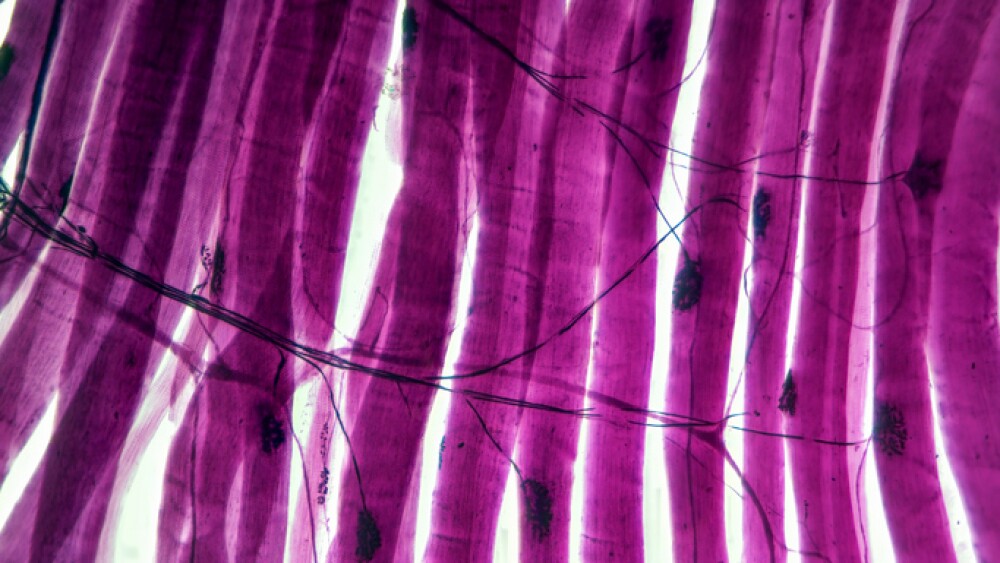Kyowa Kirin, Inc., (Kyowa Kirin, TSE: 4151) announces the final safety data from the MAVORIC (Mogamulizumab anti-CCR4 Antibody Versus ComparatOR In CTCL) trial of mogamulizumab-kpkc, which will be presented today at the 12th Annual T-Cell Lymphoma Forum (TCLF) in La Jolla, California.
| PRINCETON, N.J., Jan. 31, 2020 /PRNewswire/ -- Kyowa Kirin, Inc., (Kyowa Kirin, TSE: 4151) announces the final safety data from the MAVORIC (Mogamulizumab anti-CCR4 Antibody Versus ComparatOR In CTCL) trial of mogamulizumab-kpkc, which will be presented today at the 12th Annual T-Cell Lymphoma Forum (TCLF) in La Jolla, California. MAVORIC is the first pivotal trial in cutaneous T-cell lymphoma (CTCL) to use progression-free survival (PFS) as a primary endpoint. It is also the largest randomized study to compare systemic therapies in subtypes of CTCL.1 Secondary endpoints included a proportion of patients achieving an overall response rate (ORR), duration of response and safety.1 Primary results were based on a data cutoff of December 31, 2016, which served as the basis of the U.S. Food and Drug Administration (FDA) and European Medicines Agency (EMA) approvals of mogamulizumab for the treatment of the most common subtypes of CTCL as well as a partial change of the product label in Japan.1 The analysis being presented at TCLF reports final safety results of MAVORIC as of the safety data available on January 3, 2019, based on patients who continued participating in the trial post-approval.2 For the final safety analysis, median duration of follow-up was 34.5 months (range, 0.13-70.0).2 Median treatment exposure was 170 days (range, 1-1813) for mogamulizumab and 84 days (4‑1230) for vorinostat, which represent the same median values but broader ranges compared to the primary analysis (primary analysis, 170 days [1-1379] for mogamulizumab and 84 days [4-1058] for vorinostat).2 This final safety analysis from the MAVORIC study in patients with previously treated mycosis fungoides (MF) and Sézary syndrome (SS) demonstrated that mogamulizumab did not identify any new safety signals. The type and frequency of adverse events (AEs) in either the mogamulizumab or vorinostat treatment groups were consistent with those reported in the primary analysis.2 Treatment-emergent adverse events (TEAEs), regardless of causality, were reported at similar rates in the two treatment groups and included constipation, peripheral edema, headache, and anemia.2 TEAEs that occurred at higher frequency in the mogamulizumab vs. vorinostat arm included infusion-related reaction (33.2% vs 0.5%) and drug eruption (25.0% vs 1.1%).2 The majority of these events were grade 1 or 2, and the types and frequencies of AEs attributable to mogamulizumab included infusion-related reaction (33.2% [61/184]), drug eruption (23.9% [44/184]), and fatigue (18.5% [34/184]).2 AEs attributed to vorinostat included diarrhea (55.4% [103/186]), nausea (38.2% [71/186]), and fatigue (33.3% [62/186]).2 In the trial, patients on vorinostat for at least two cycles who demonstrated confirmed disease progression or experienced intolerable toxicity (grade ≥3 adverse events [AEs], excluding inadequately treated nausea, vomiting, and diarrhea; and alopecia), despite dose reduction and appropriate management of side effects, could cross over to treatment with mogamulizumab. This analysis confirmed earlier findings showing that the type and incidence of TEAEs among patients receiving mogamulizumab after crossover were similar to those observed for patients initially randomized to mogamulizumab.2 “We are pleased that this final safety analysis from the MAVORIC study in patients with previously treated MF and SS demonstrates that the additional two years of mogamulizumab safety follow up and treatment exposure did not identify any unexpected safety findings,” said Jeffrey S. Humphrey, MD, Chief Development Officer of Kyowa Kirin, Inc. POTELIGEO® (mogamulizumab-kpkc) is approved in the U.S. for the treatment of adult patients with relapsed or refractory MF or SS after at least one prior systemic therapy.3 MF and SS are the most common subtypes of CTCL.4 Please see Poteligeo Indication and Important Safety Information below. INDICATION Important Safety Information
Adverse Reactions:
You are encouraged to report suspected adverse reactions to Kyowa Kirin, Inc. at 1-844-768-3544 or FDA at 1-800-FDA-1088 or www.fda.gov/safety/medwatch/. About Kyowa Kirin About POTELIGEO (mogamulizumab-kpkc) About mycosis fungoides (MF) and Sézary Syndrome (SS) About MAVORIC References 1 Kim Y, Bagot M, Pinter-Brown, L et al. Mogamulizumab versus vorinostat in previously treated cutaneous T-cell lymphoma (MAVORIC): an international, open-label, randomised, controlled phase 3 trial. Lancet Oncology. 2018. 1192-1204.
SOURCE Kyowa Kirin, Inc. | ||
Company Codes: Tokyo:4151, OTC-PINK:KYKOY |




